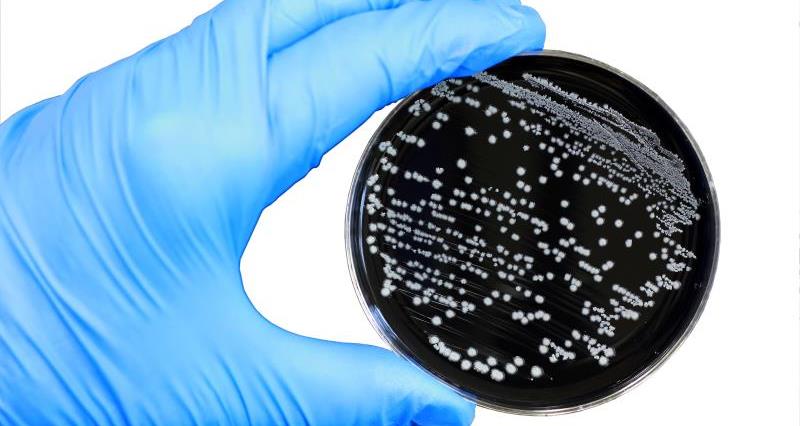The figures show that, on average, across the market, 4.5% of chickens tested positive for the highest level of contamination - carrying more than 1,000 colony forming units per gram (cfu/g) of campylobacter. The figure for the previous quarter (July-September 2017) was 5.14%.
This reduction builds on the first set of results released by retailers in November 2017 with the overall trend continuing to show a reduction in the highest level of contamination. This is consistent with previous research which shows a lower level of contamination over the cooler months of the year.
Period
| % of chickens tested positive at the highest level of contamination (over 1,000 colony forming units per gram – cfu/g) – target 10% | % of chickens tested positive for the presence of campylobacter |
2008 base year | 27.0 | - |
February 2014 – March 2015 | 19.7 | 73.2 |
July 2015 – March 2016 | 11.4 | 61.3 |
August 2016 – July 2017 | 6.5 | 54.0 |
July 2017 – September 2017 (largest nine retailers) | 5.1 | - |
October 2017 – December 2017 (largest nine retailers) | 4.5 | 47.3 |
FSA target | 7.0 | - |
Michael Wight, director of policy and science at the Food Standards Agency, said: “It’s good to see that levels of campylobacter found continue on a downward trend. We would like to thank the British Retail Consortium and the retailers for continuing to take the issue of campylobacter seriously and for working together to coordinate the publication of their results. We are actively working across smaller poultry businesses so that they can also contribute to reducing campylobacter levels.”
